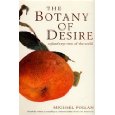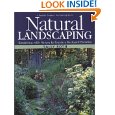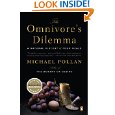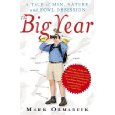
Talking with a colleague in the Landscaping and Gardening business, I was shocked to hear that she though the the term “Wildlife Corridors” meant that it was required to be planted with only native plants. But the term refers to creating a highway of vegetation connecting garden beds or enlarging existing ones to assist small mammals, reptiles and insects to move safely though the land for the purpose of finding food, shelter and reproduce. In a sense expanding their habitats.
In the photo above, I have an example of an existing bed in my on garden. The Canadian Hemlocks planted twenty years ago and heavily shaded by many oak trees next door, have become very thin in the bottom and no longer provide the privacy screen they were originally planted to achieve. I see this as a perfect opportunity to enlarge and add plantings for my benefit and to help biodiversity.

Follow the guide lines in my 2009 post: creating a new planting bed. Determine the space to use, layer with newspaper to kill the grass, wet paper so it stays in place and add mulch (here I used leaf mulch created from last years leaf collection) and presto!

New planting area ready and marked. I will trim the hemlocks a bit in the spring so the shrubs will be outside the drip line. In this case I have chosen Aesculus parviflora or Bottlebrush Buckeye, very shade tolerant, large and just dense and tall enough to provide the needed privacy in two or three years depending on the size planted. And Yes, this is a native shrub that is also deer resistant!
“Look deep into nature, and then you will understand everything better.”
Albert Einstein

































